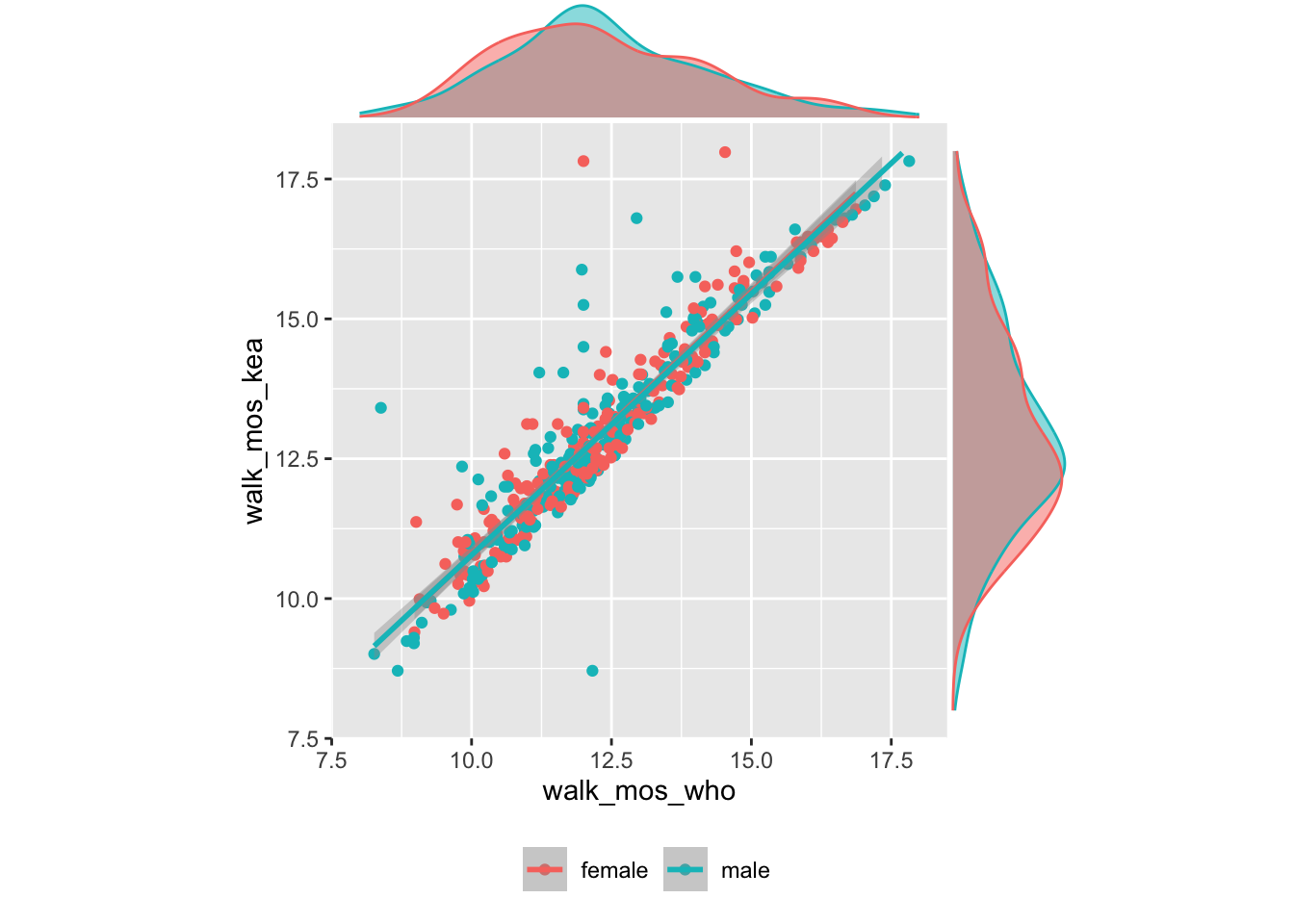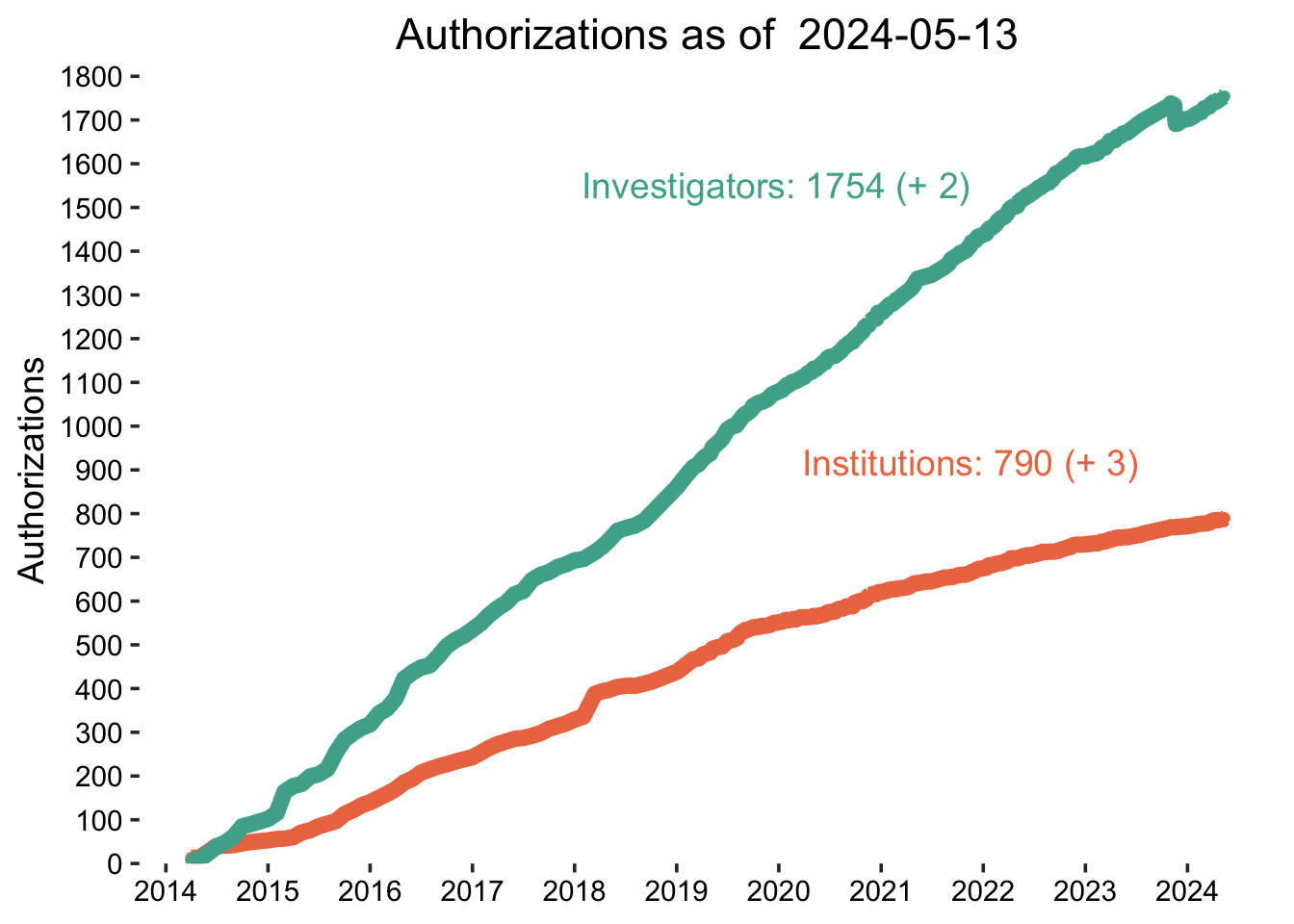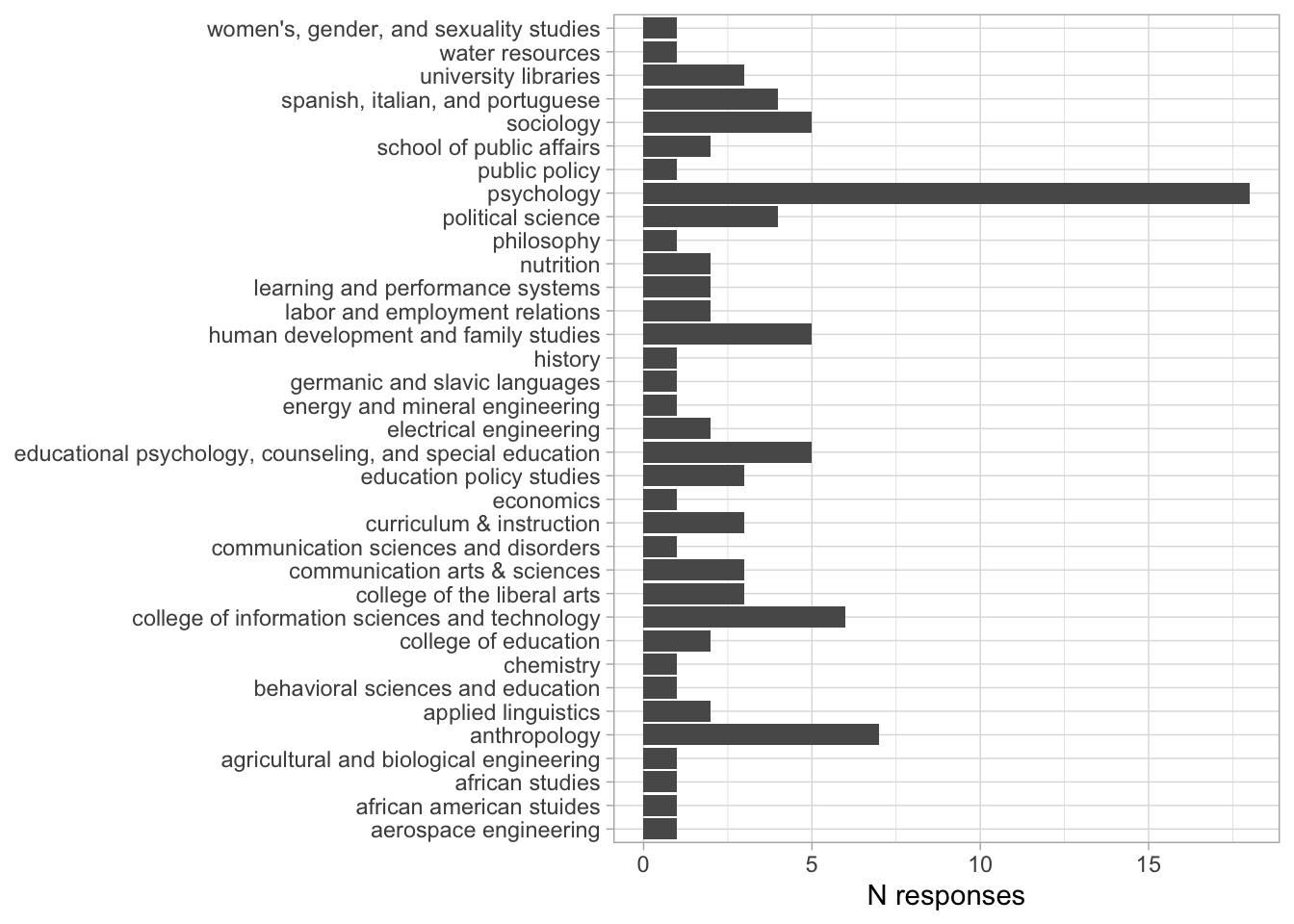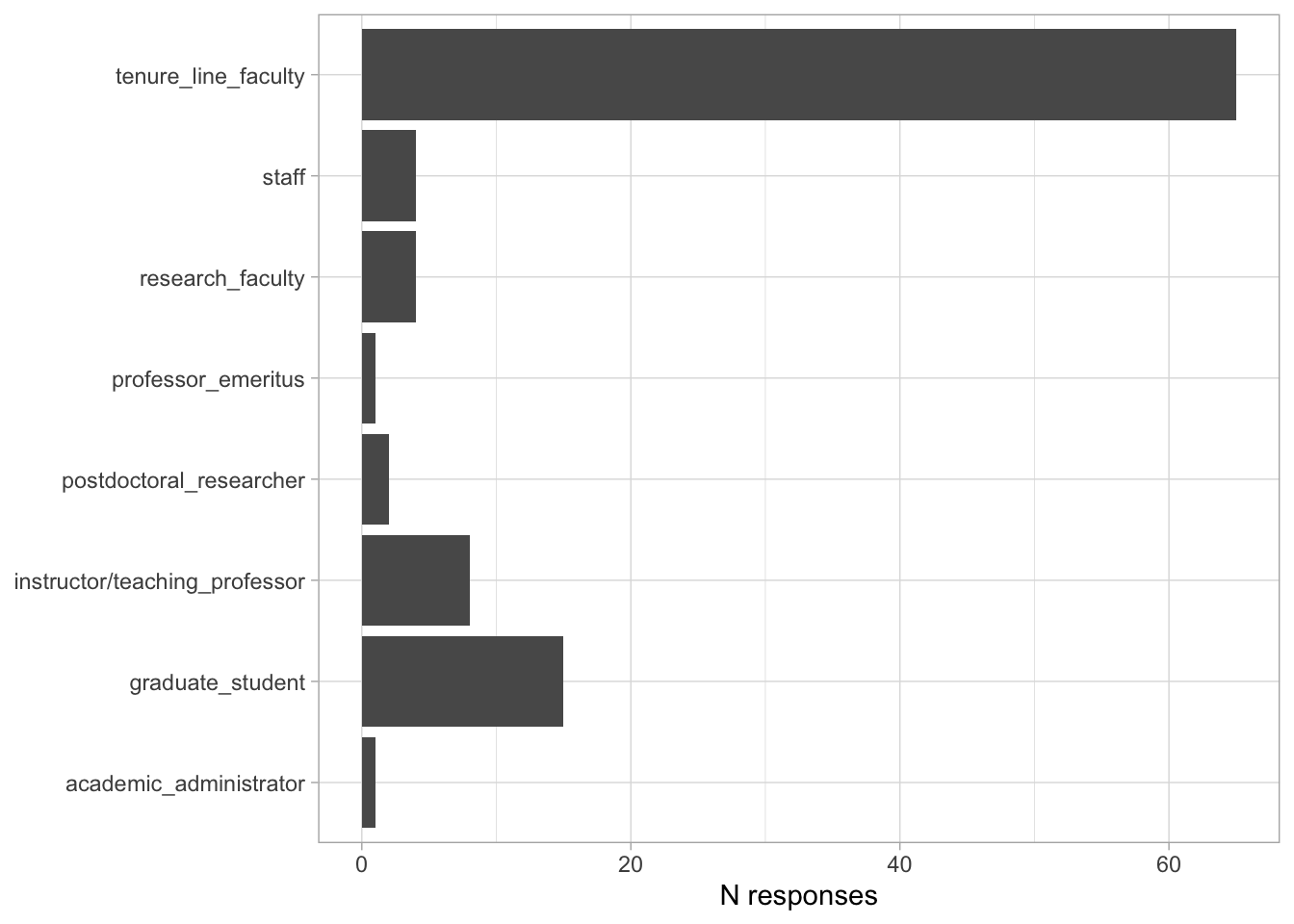Projects
This page briefly describes some of my active scholarly projects.
PLAY Project
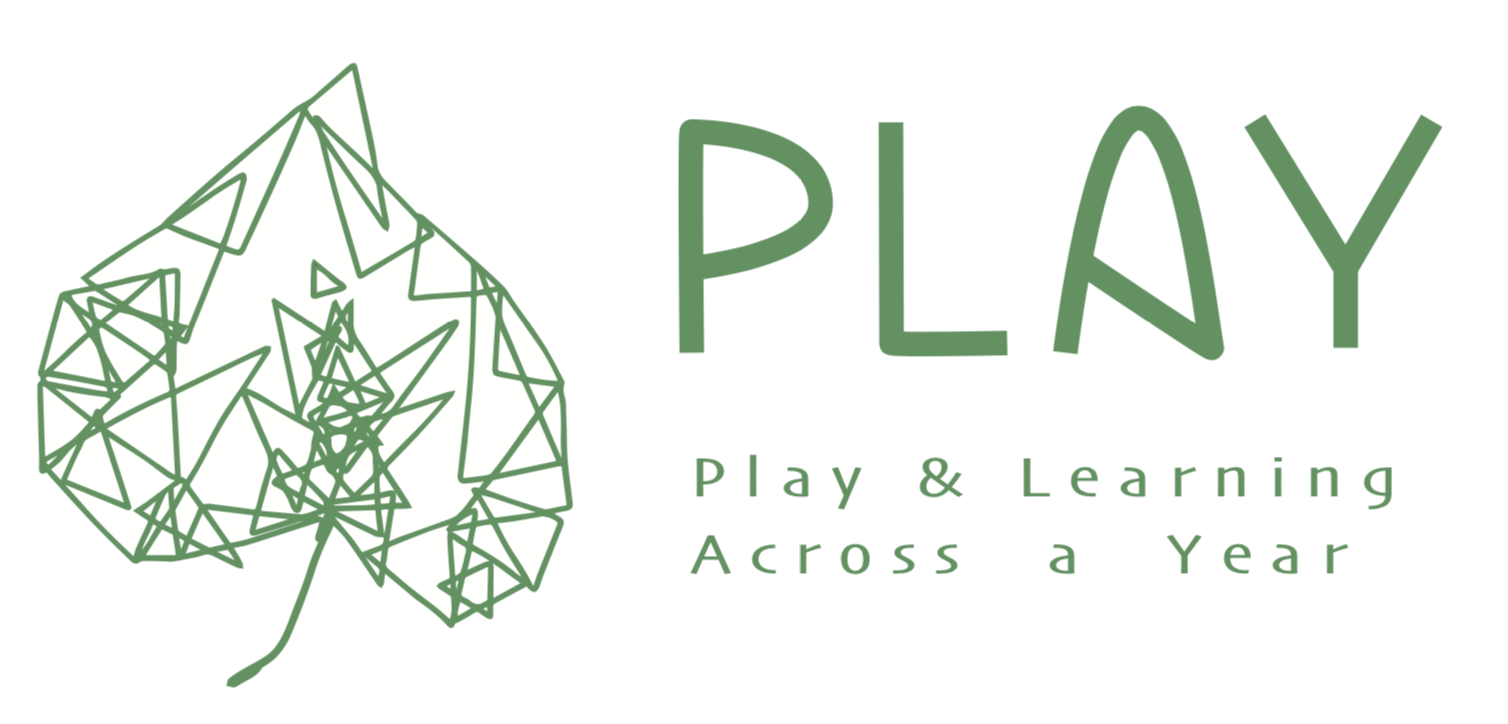
The Play & Learning Across a Year (PLAY) Project is a large-scale research effort funded by the U.S. National Institutes of Health (NIH) to collect a database of video recordings of 1,000 mothers and their infants engaged in natural activity at home. More than 30 sites across the U.S. are collecting data, and more than 70 researchers across North America are participating. All data collected by PLAY will be shared with the research community via Databrary.
If you are a parent of a 12-, 18-, or 24-month-old infant and want to participate, visit https://anhourinthelife.org.
This site provides regular project status updates about data being collected from parents via interviews and surveys as part of PLAY: https://PLAY-behaviorome.github.io/KoBoToolbox. For example, here is a figure that shows how two different ways of calculating when infants begin to walk compare with one another:
Databrary
Databrary is the world’s only data library specialized for the storage and sharing of video and audio recordings and other sensitive or identifiable data. Databrary implements a two-pronged approach to open sharing of identifiable data:
- Access to most data is restricted to a community of researchers who have received explicit authorization from their institutions.
- Authorized researchers promise only to share data where participants have given their permission.
Karen Adolph (NYU) and I co-founded and co-direct Databrary.
Analytics
I maintain a site that reports on Databrary’s assets and is updated regularly: https://databrary.github.io/analytics. Here, for example, is a figure showing Databrary’s growth since its inception in 2014.
databraryr package

databraryr logoThis analytics site makes use of an R package I developed with Jeff Spies. The package is called databraryr, and as of 2023-09-01, is available on GitHub at https://github.com/databrary/databraryr. We are preparing the package for submission to the CRAN archive.
In collaboration with Andrea Seisler, my lab is leading the development of a new and updated guide to the Databrary system.
Penn State Open Science Initiative
With Frank Hillary (Psychology), Nicole Lazar (Statistics), Briana Wham (University Libraries), Alaina Pearce (Nutritional Sciences), and several other colleagues, I am working on a series of open science initiatives at Penn State.
Our group deployed a survey of faculty and students about their knowledge of and interest in open science. Here is a figure from that survey showing the distribution of responses by unit:
And this figure shows what positions at Penn State were held by respondents:
That project also attempted to test how an openly developed IRB protocol might work.
In early August 2023, we hosted an Open Science Bootcamp, with more than 50 participants from a broad range of backgrounds.
Proximal Emotional Environment Project (PEEP)
With Pamela Cole, Koraly Perez-Edgar, Suzy Scherf, Michelle Vigeant, Pan Liu and others I have enjoyed studying how affective prosody is perceived by young children and how different prosodies evoke distinctive responses in the brain.
We put a great deal of effort into generating well-controlled acoustic materials. Much of that work is shared on Databrary here:
Cole, P.M., Gilmore, R.O., Scherf, K.S., Perez-Edgar, K. & Vigeant, M.C. (2016). The Proximal Emotional Environment Project (PEEP). Databrary. Retrieved September 1, 2023 from http://doi.org/10.17910/B7.248
Cole, P.M., Gilmore, R.O., Scherf, K.S., Perez-Edgar, K. & Vigeant, M.C. (2017). Young children’s neural processing of their mother’s voice: An fMRI study. Databrary. Retrieved September 1, 2023 from http://doi.org/10.17910/b7.339.
These materials may not be fully available to the public, but they are openly shared with authorized users of Databrary.
Sex differences in vision and cognition
Together with Yiming Qian and Sheri Berenbaum, we studied the relationship between two measures of visual perception–contrast sensitivity and motion duration sensitivity–and mental rotation.
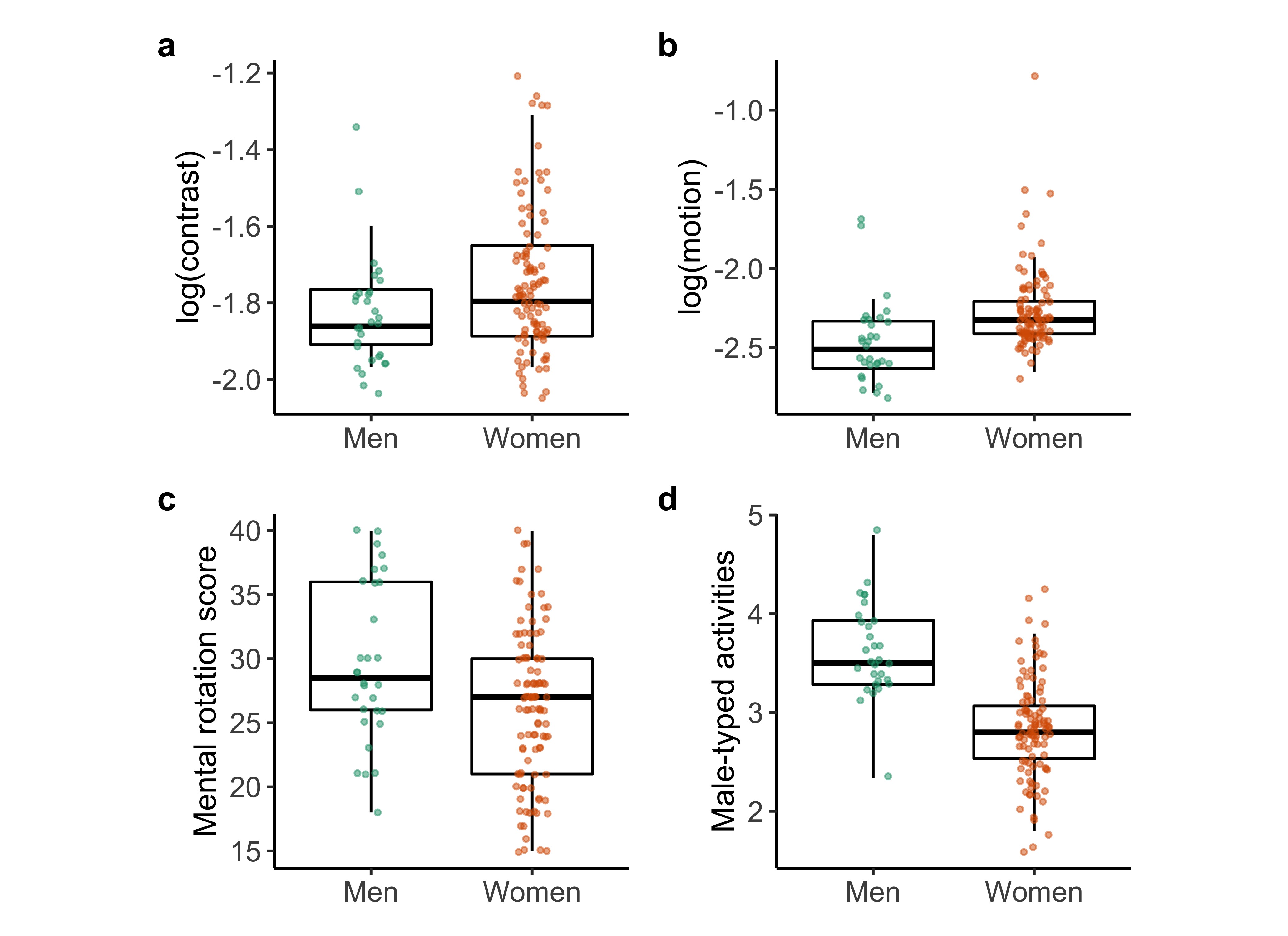
Details about our entire data processing workflow can be found here: https://github.com/gilmore-lab/sex-differences-project.
This paper describes our results in more detail:
Qian, Y., Berenbaum, S. A. & Gilmore, R. O. (2022). Vision contributes to sex differences in spatial cognition and activity interests. Scientific Reports, 12(1), 17623. https://doi.org/10.1038/s41598-022-22269-y
Symmetry perception
Peter Kohler, Shivam Vedak, and I published a paper recently from a long-expired NSF funded project on the perception and neural processing of visual symmetry.
Kohler, P. J., Vedak, S. & Gilmore, R. O. (2022). Perceptual Similarities among Wallpaper Group Exemplars. Symmetry, 14(5), 857. https://doi.org/10.3390/sym14050857
Some of the images we used in this study are shared on Databrary:
Gilmore, R.O. & Norcia, A.M. (2014). The Salience of Lower-Order, Localized Features in Highly Self-Similar Wallpaper Groups. Databrary. Retrieved September 1, 2023 from http://doi.org/10.17910/B7KS3M.

